Nigerian banks are dealing with rising costs threatening their bottom lines, such as higher taxes and more regulatory fees in H1’2022.
The prior occurrence shows how significant economic factors such as the COVID-19 recovery, the crisis between Russia and Ukraine, rising inflation and interest rates, and local regulatory policies have impacted the banking sector’s profitability in the first half of 2022.
The Big Idea:
- The major banks in Nigeria saw impressive topline (revenues) growth in H1 ’22 but uneven bottom line (profits) performance due to rising costs and higher taxes.
- The rate of increase was driven by higher interest rates, taxes, and cost-cutting measures implemented by the central bank.
- Due to persistently high inflation, high-interest rates, and higher taxes, future costs will rise. The quality of assets might deteriorate due to political and exchange rate worries.
Is there any major bank profitability in H2 2022? These variables sufficiently mitigated the effect of the increased interest payments provided by banks to their customers. They, therefore, turned into profit after tax (PAT), which increased by an average of 18% y/y. FBNH (49%), Stanbic (36%), and Fidelity (21%) saw the greatest growth rates.
Despite this double-digit rise in the first half of the year, there are looming dangers to bank profitability in H2 2022, including stronger contractionary monetary policies (i.e., higher interest rates) and higher inflation.
Banks may get more interest payments from loans and investments with higher interest rates. However, they would also incur additional costs for the interest given to depositors who choose to save with them. In addition to making loans more costly and hurting bank profits, higher interest rates may make it more challenging for borrowers to repay their debts.
A worldwide credit rating organisation called Moody’s indicated that it would probably decide to lower the credit ratings of nine Nigerian banks. This clearly shows the gloomy prognosis for the country’s banks. This happened due to the chronic foreign currency (FX) shortage and the naira’s depreciation’s detrimental effects.
According to Moody, these variables would affect the banks’ and customers’ capacity to fulfill their commitments to pay the banks in foreign currency. Both are problematic for banks since they result in smaller capital reserves and more non-performing loans (NPLs), which might lead to a fall in credit ratings and bank profitability in H2 2022.
So, to wrap up the analysis of the H1’22 performance of Nigerian banks, let’s look at how regulation and inflation have affected bank expenses and asset quality. We will also look at why they are such a danger to bank profitability in the future. We’ll start with costs.
Regulatory Demands And Inflation impact Costs.
The many regulatory fees banks must pay include the following:
- The monthly cash reserve ratio (CRR) debits.
- Asset Management Company of Nigeria (AMCON) tax.
- Nigeria Deposit Insurance Corporation (NDIC) premium.
However, since these fees are determined as a percentage of either loans or deposits, they continue to rise yearly. In other words, as a bank, you pay more regulatory fees, and the more substantial your loans and deposits are. For example, First Bank reported that regulatory expenses jumped 71% year over year to 52.5 billion in H1 ’22 (up from 30.7 billion in H1′ 21), while deposits and loans increased by 7.8% and 17.3%, respectively.
Therefore, when you add growing regulatory fees to this mix of rising inflation (20.77% as of September versus 15.6% in January 2022), banks continue to experience cost pressures that harm bank profitability in H2 2022.
The banks’ average cost-to-income ratio (CIR) increased by 135bps year over year to 61.9% in H1’22 from 60.5% in H1’21. Of course, you know that the CIR is an efficiency metric that displays the banks’ costs as a share of their revenues.
The CIR increased across the majority of banks due to growing operational expenditures that outpaced revenue growth. Consider Fidelity Bank, which has a CIR of 70%. This indicates that for every $100 in earnings, the bank spends $70 to cover its expenditures (like salaries, auditor fees, regulatory charges, etc.).
Although GTCO had the greatest decline in H1’22, it still has the lowest CIR (49%). Stanbic Bank improved its CIR (from 70% in H1’21 to 60% in H1’22) due to expenditures increasing by 23% and revenue rising by 44%.
These expenditures together accounted for 25–50% of the banking sector’s operating expenses (OPEX) in H1 ’22, underscoring their significant impact on bank profitability in H2 ’22. The hike in the effective tax rate was another intriguing development in the banking industry (percentage of income banks paid as taxes to the FG). As a result of the investment securities tax exemption expiring, increasing tax costs brought this on.
The Companies Income Tax Exemption Order 2011, which prohibited the imposition of taxes on fixed-income instruments, expired in January 2022. (except for FG bonds). As a result, banks began paying taxes on revenue derived from these instruments in 2021, which accounted for 7 to 19% of banks’ assets.
Similarly, the increase in effective tax rates resulted in more taxes paid and, thus, reduced earnings. In the case of GTCO, particularly, the bank’s tax costs increased by 88% year over year from $13.6 billion in H1’22 to $25.7 billion in H1’22, which was enough to cut into its earnings and cause the PAT to fall by 2% year over year to $76.76 billion in H1’22 (from $79.4 billion in H1’21).
Banks incurred significantly higher operating costs in the year’s first half due to high inflation, increased regulatory fees, and effective tax rates. We then turn to asset quality. Simply put, asset quality examines the strength of loans on banks’ balance sheets, and this is crucial for banks since loans are their most valuable asset and a significant source of revenue.

Asset Quality is Consistent.
The economy maintained its pace towards recovery (GDP growth at 3.3% in H1’22 against 3.4% in FY’21). Another factor affecting bank profitability in H2 2022 is the average non-performing loans (NPL) ratio, which declined by 41bps y/y to 4.04% in H1 2022. The macroeconomic environment as a whole significantly influences the capacity of a borrower to repay a loan. This is because a stable and expanding economy enables borrowers to repay their debts.
The decrease in the NPL ratio among the major banks we cover is consistent with CBN statistics, which show that the overall NPLs in the banking sector was 5% in June 2022 (down from 5.7% in June 2021).
The two companies with the greatest notable decreases in NPL ratios were Stanbic (down 60bps y/y to 2.62%) and FBNH (5.4% in H1’22 against 7.2% in H1’21). However, there was some deterioration in the performance of Zenith (up 20bps y/y to 4.4%) and GTCO (up 14bps y/y to 6.18%).
The 10% average loan book increase in 2022 was the main factor in the improved NPL ratio. The NPL ratio is determined by dividing the proportion of problematic loans by the total number of loans. Therefore, the NPL ratio will be improved by a significant increase in gross loans than in non-performing loans.
When comparing loan book growth with the trend in the NPL ratio, the larger loan book growth would be bigger improvements in asset quality. Consider First Bank, which saw its NPL ratio fall by 180 bps year over year to 5.4% (from 7.2% in H1’21) despite an increase in loans of 17%.
Banks will need to be more careful with loan book expansion as 2022 comes close to preventing a decline in asset quality. The Nigerian economy is subject to additional risks, including those associated with upcoming elections (political risks), a possible naira devaluation (exchange rate risks), and sluggish economic growth resulting from contractionary monetary policy.
The possibility of concentration is another issue. On average, nearly 30% of loans in the upstream oil and gas industry are held by banks. Furthermore, the industry has been plagued by oil theft and bunkering. This has caused output to decline 38% year over year to 0.94 million barrels per day as of September 2022, adversely affecting bank profitability in H2 2022.
Conclusion
Following the worldwide oil slump in 2016, oil and gas debts became sour. As a result, the CBN mandated that banks immediately raise new capital after failing to meet the required minimum capital adequacy rate of 10% by June 2016. To liquidate was an alternative (i.e., the bank was shut down due to insolvency, and its assets were distributed to stakeholders).
To measure the soundness of the banking industry, such as the capital adequacy ratio (CAR). An example of emergency reserves and a high liquidity ratio (assets that banks can quickly convert to cash to pay short-term debts) contribute to a more upbeat mood. In August 2022, the whole banking sector’s CAR and liquidity ratio were at 13.4% and 40%, respectively, which is much higher than the statutory criteria of 10% and 30%.
A report released in July 2022 by FitchRatings supports the opinion. It states that Nigerian banks could withstand credit losses of up to $6 billion without dropping below the minimum regulatory standards for CARs.



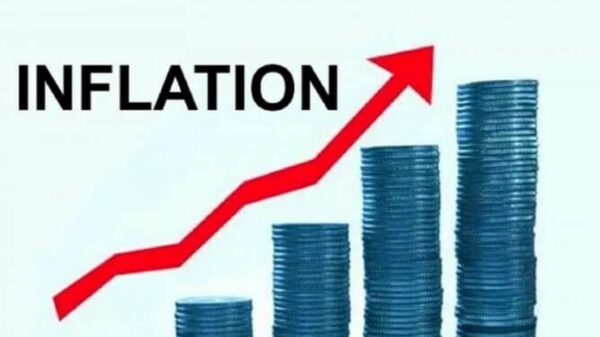

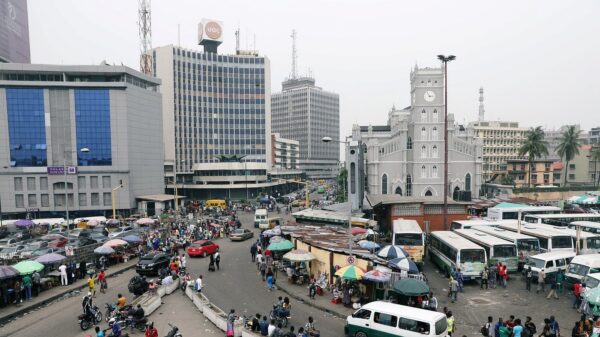




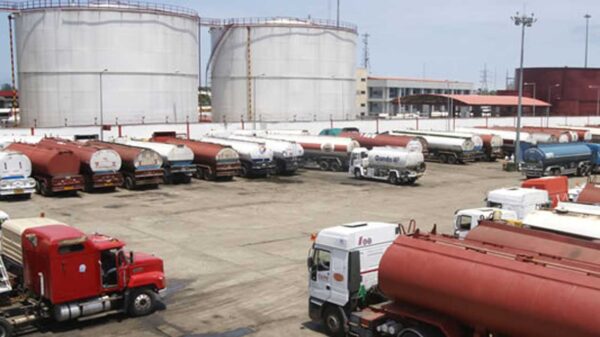

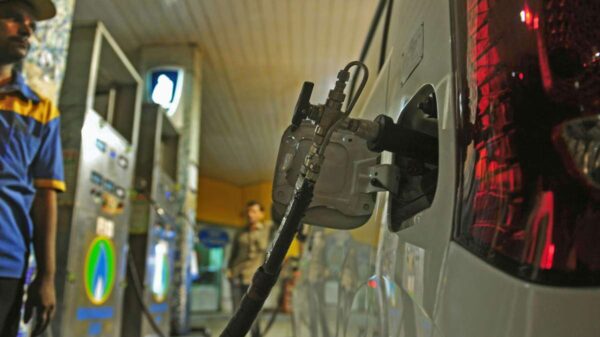

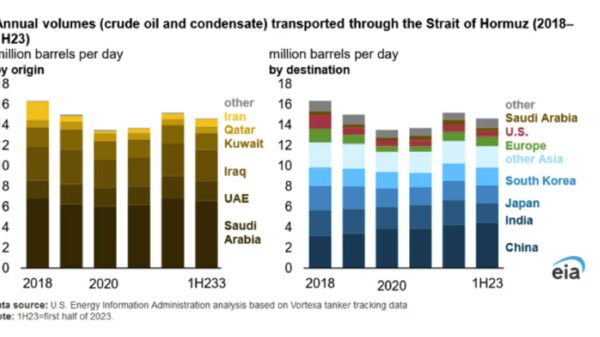
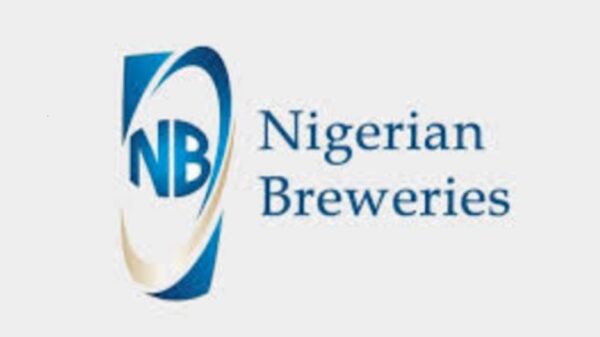






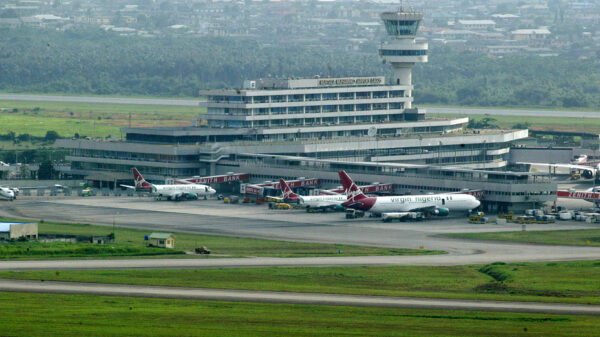



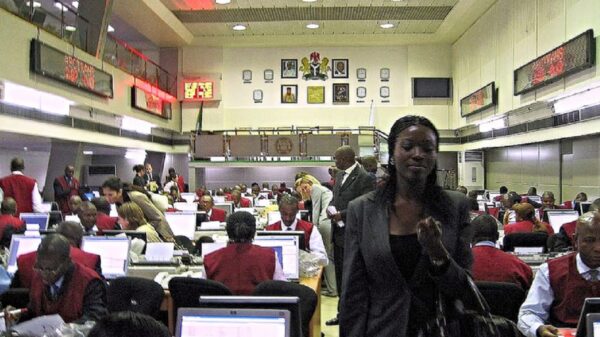
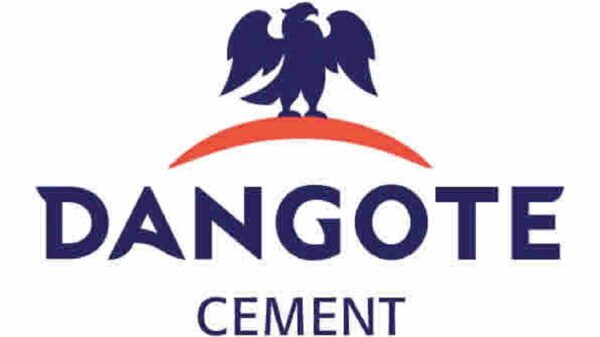
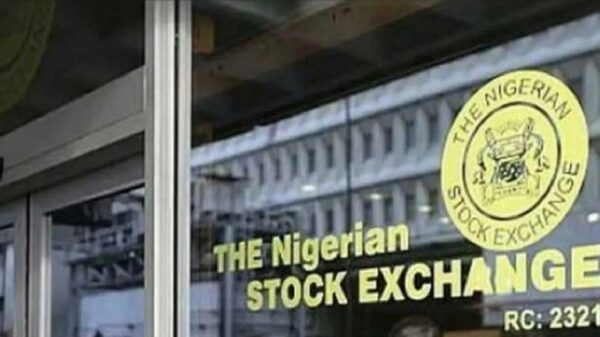
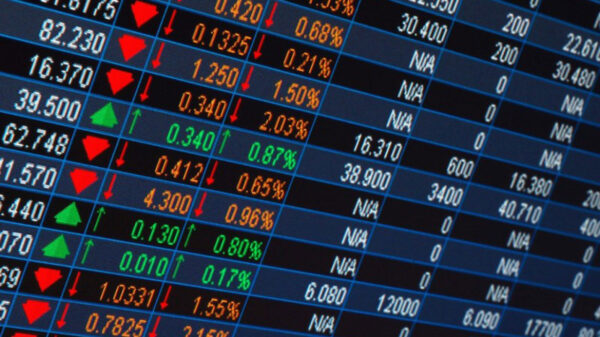


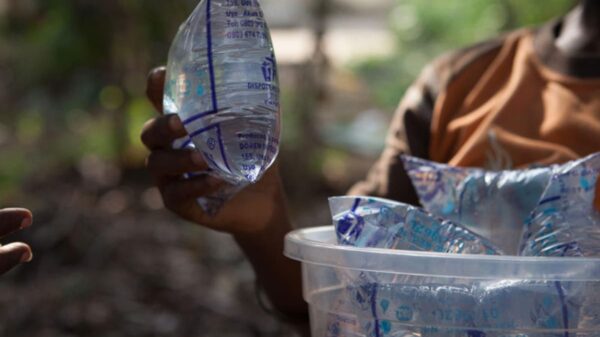
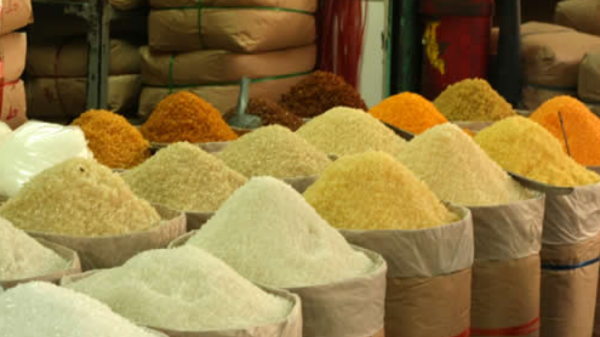

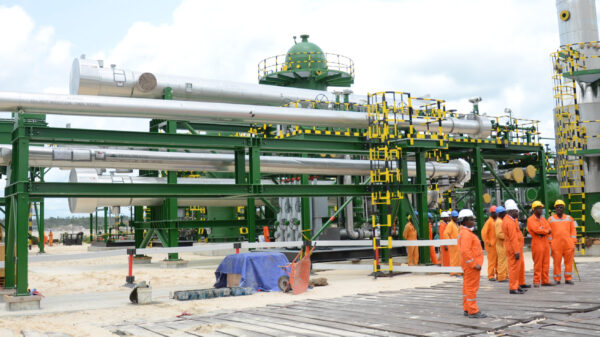

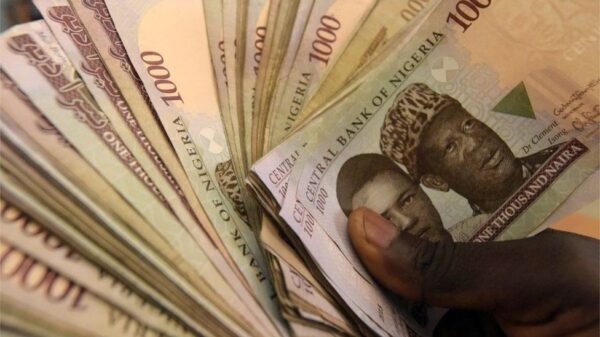
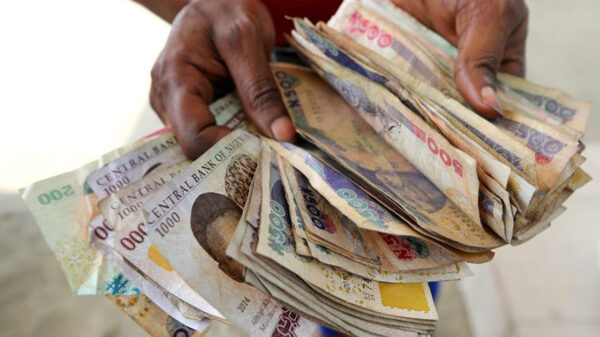
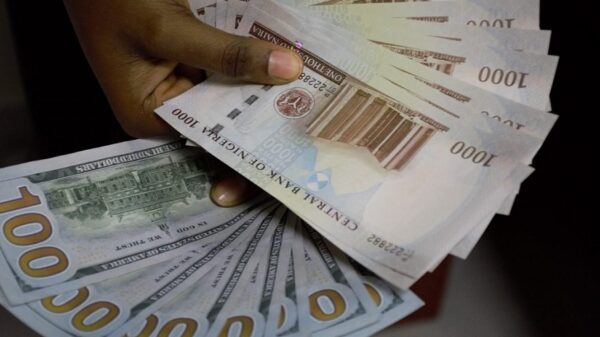






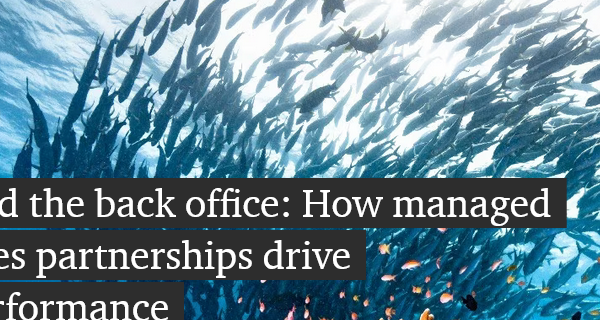








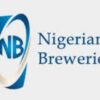
You must be logged in to post a comment Login